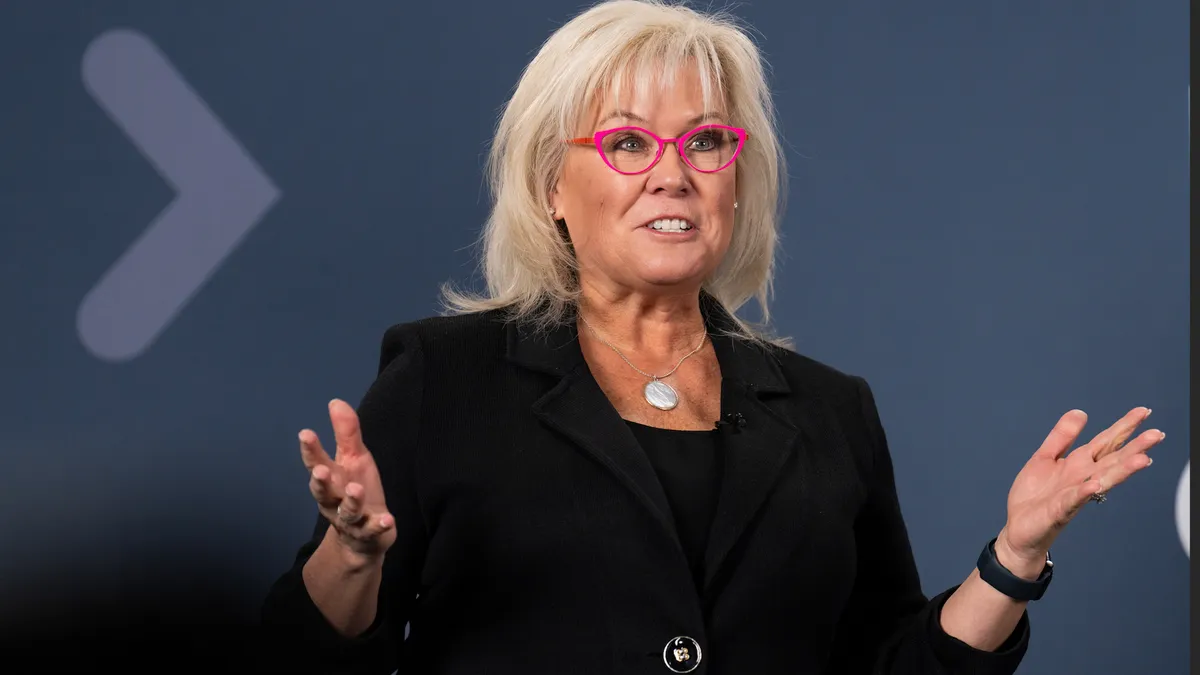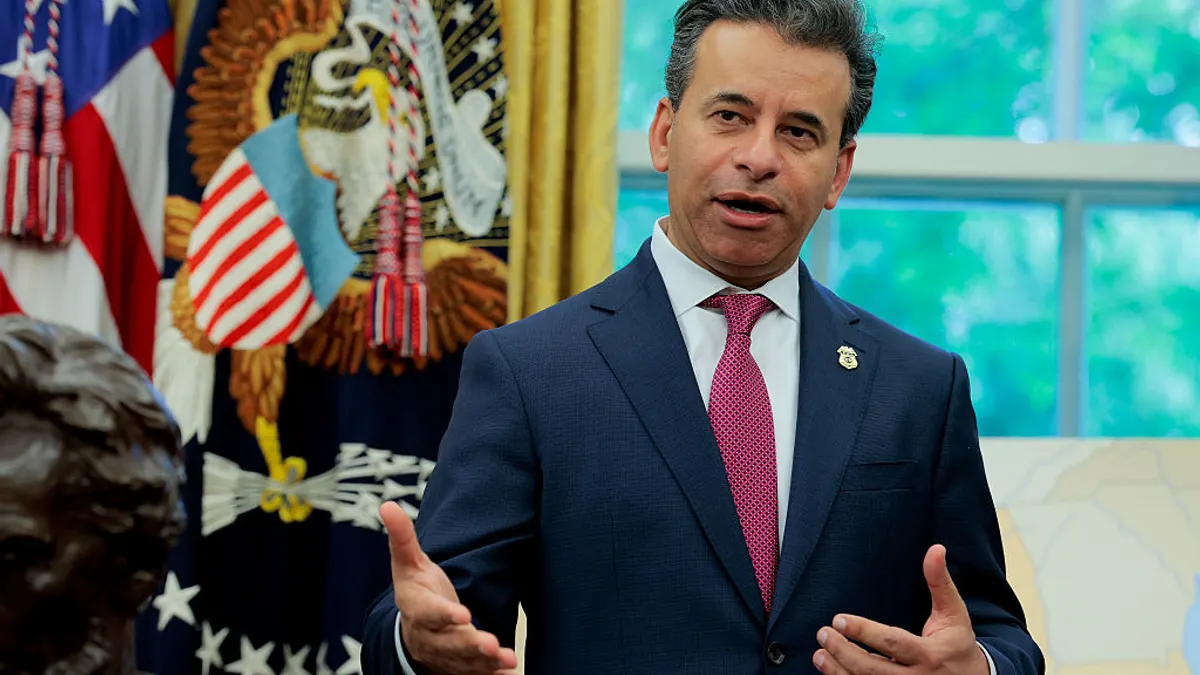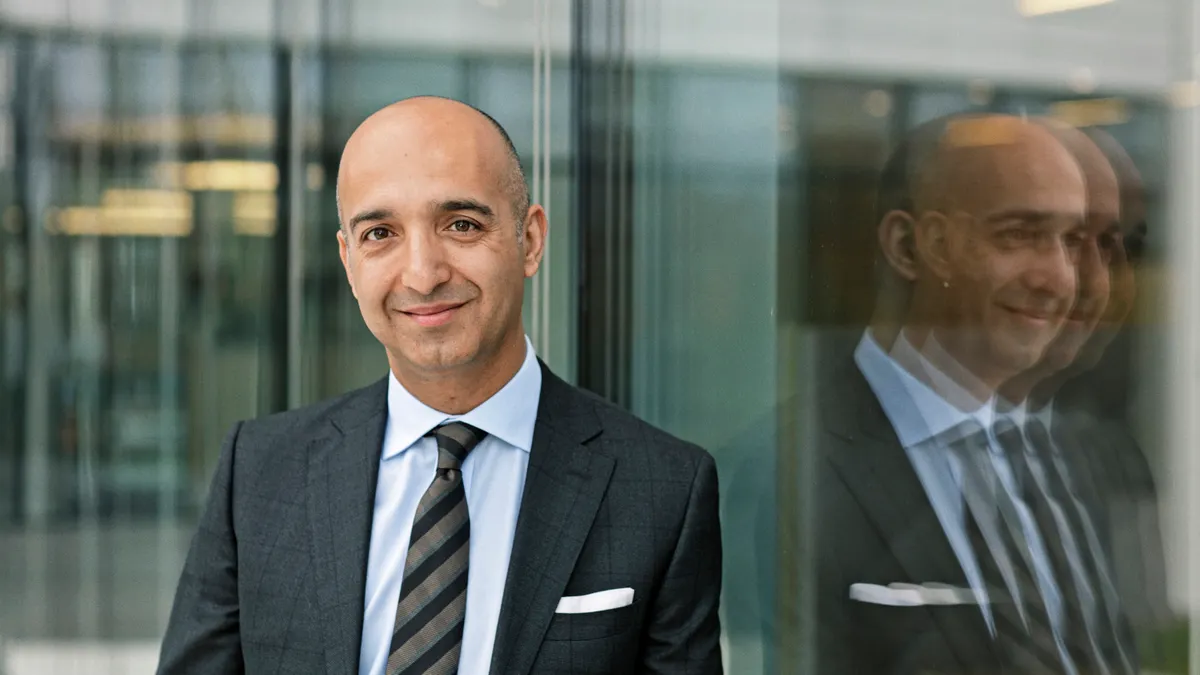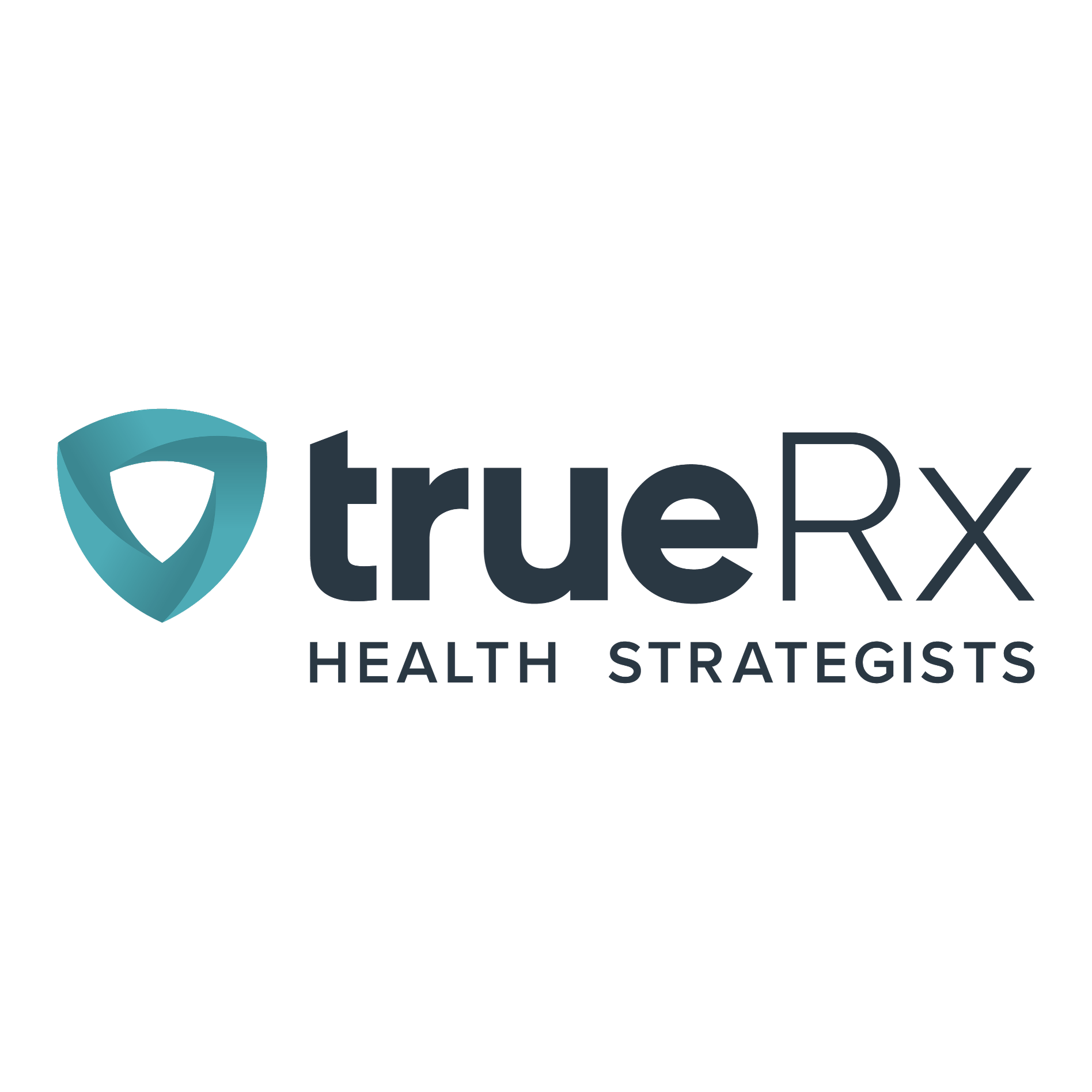The clinical trials industry is up against howling headwinds.
Novel therapies are more complicated to work with, staffing has been strained for years and the need to move efficiently and quickly without impacting quality is ceaseless.
Even positive developments can make work more complex. The regulatory push for DEI, for example, has the industry rethinking trial protocols and design. And new tech aimed at boosting efficiency brings the added challenge of training and preparing staff.
On top of that, geopolitical issues in the Middle East and Russia’s war with Ukraine pose an ongoing threat to trials in those regions.
“A lot of people assumed those [challenges] would stop, but they’ve gone on,” said Peyton Howell, CEO of global contract research organization Parexel, which runs trials in Israel and Ukraine. “It is concerning.”
Howell took the helm of Parexel in May and is eager to boast about its recent accomplishments, including DEI initiatives and industry awards. But Howell is also forthcoming about the challenges Parexel and other research organizations are up against.
Tech’s promise and perils
The No. 1 question Parexel receives from pharma partners is about opportunities to use AI, Howell said.
“These tools might sound mundane, but they are the most exciting because they affect how a person spends time in their career,” Howell said, adding she’s particularly excited about tech “focused on study startup, patient recruitment and trial design.
Still, the new platforms have to be tested and reviewed, and when they’re applied to operations, staff members have to be trained. AI platforms add another layer of tech to new demands already established by wearable devices for remote patient monitoring.
“We’ve heard loud and clear from sites that we as an industry need to do a better job reducing the tech burden.”

Peyton Howell
CEO, Parexel
In a study Parexel conducted with the Tufts Center for the Study of Drug Development, Howell said sites “expressed frustration with the number of different systems imposed on them and the complexity that tech burden creates.”
And those criticisms are being taken seriously, down to the letter.
“We are asking sites to do more. Some staff at sites say they feel like they’re in tech support right now,” Howell said, adding, “We’ve heard loud and clear from sites that we as an industry need to do a better job reducing the tech burden.”
The staffing crunch
The tech burden has also compounded ongoing staffing issues in clinical research.
Although turnover has dropped significantly since the peak of the Great Resignation, and so far, the staffing crunch has yet to delay any trial starts at Parexel, recruiting new talent remains a challenge, Howell said. Research professionals for oncology, ophthalmology and neuroscience therapeutics are often in higher demand but have a smaller, more specialized talent pool.
“The market remains competitive … meaning most new hires have more than one job offer,” Howell said.
To more quickly onboard and prepare research assistants, Parexel joined fellow CROs by launching a training program in 2022 for new hires. Called APEX, the program teaches the ins and outs of clinical work, such as navigating the required systems and patient monitoring.

The Walgreens factor
Patient-guided trial design is a “biggie” in the industry, Howell said, but implementing it can be tough. And although many sponsors worry that gathering patient input will slow the trial process, Howell said it can speed the whole thing up.
“Do it early and you’ll be more successful with recruitment and retention,” she said. “And it can reduce the cost burden because you are pressure testing the data you’ll need and the number of site visits you’ll need … which is a win-win.”
Going into the recruitment phase, Howell said patients need to remain at the center of protocol design to help retention.
“Clinical research has a burden on patients we need to understand,” Howell said.
Clinical research needs to meet patients where they are, Howell noted.
“They want access to healthcare providers, but travel adds another burden,” she pointed out.
To bridge the access gap while improving diversity in clinical trials, pharmacy retail giants moved into the research arena — with mixed results.
Two years after launching a clinical trials division, CVS Health walked away in 2023.
CVS’ departure left more room in the market for Walgreens, which launched its clinical trials arm in 2022. Now, Walgreens said it’s reached 5 million patients to “potentially recruit into clinical trials.”
Partnerships have also been key to the Walgreens strategy. Most recently, it struck a $100 million pact with the Biomedical Advanced Research and Development Authority to “increase innovation in decentralized clinical trials.” And earlier this year, Walgreens announced it’s teaming up with Boehringer Ingelheim to connect patients to phase 3 trials for the drugmaker’s GLP-1 candidate in obesity.
Because of Walgreens’ capacity to recruit patients and provide trial sites, its foray into the space is a potential boon for research organizations like Parexel, Howell said.
“Seeing big companies like Walgreens in the arena is fantastic,” she said.
Although Parexel doesn’t have an official partnership with Walgreens, Howell said the company is an “active supporter” of the pharmacy giant’s efforts.
Earlier this week, Walgreens announced it’s shuttering 1,200 pharmacies over the next three years in the wake of a $14 billion operating loss in fiscal year 2024. In an earnings report, the company didn’t indicate it plans to scale back the clinical trials business.
Going forward with clinical trials, Howell said her advice to the pharmacy behemoth would be to “keep it simple.”
“Focus on recruiting and bringing patients in,” she said. “I want patients to know about trials in a community setting, and I think that’s going to bring in a more diverse population — and that’s where we have strong alignment with Walgreens.”



















